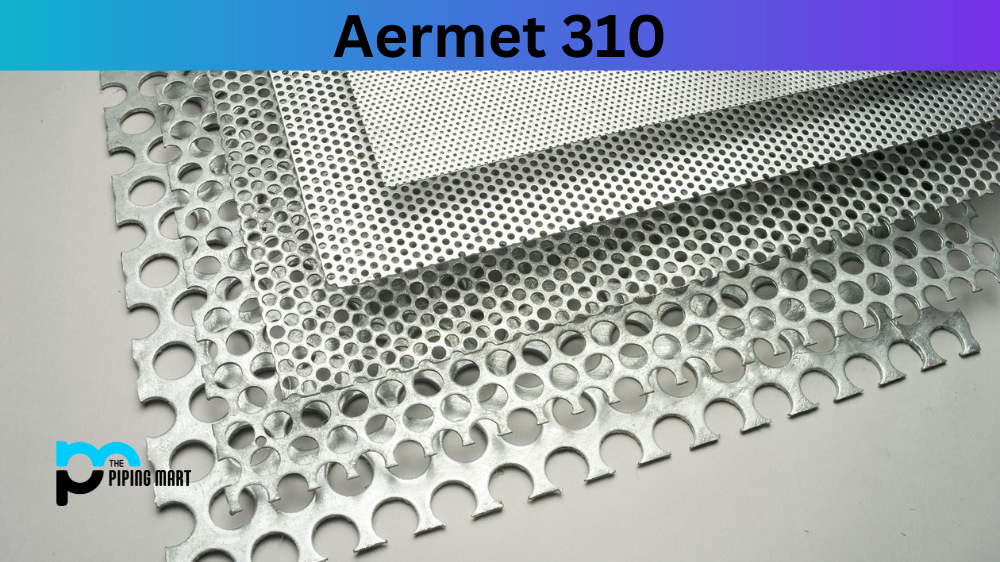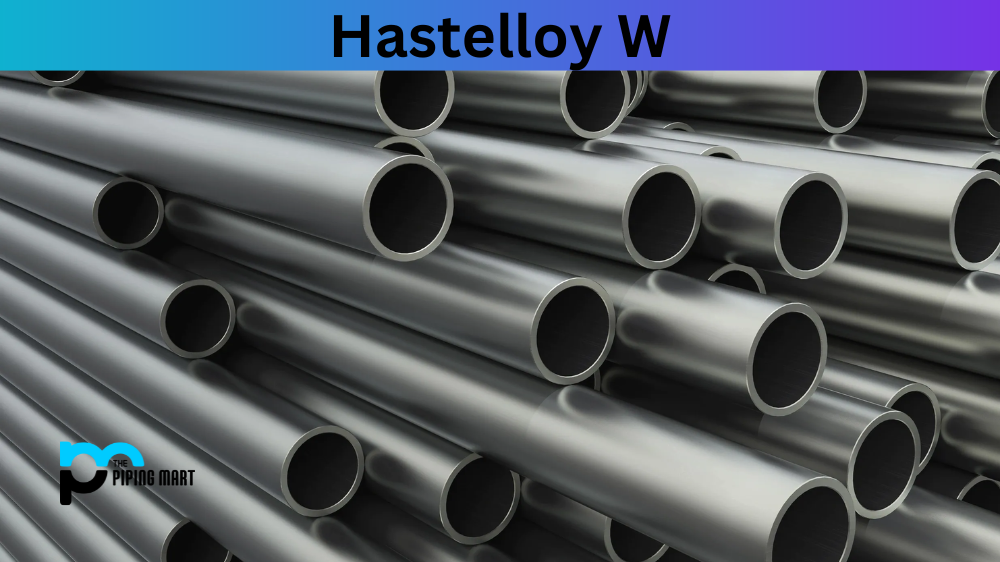Aluminum 2017 is an alloy made from aluminium, copper, magnesium, and zinc. It has many properties that make it popular in many industries, from automotive to aerospace. Its composition, physical properties, corrosion resistance, heat resistance, and machinability are all important factors when considering Aluminium 2017. Let’s take a look at each of these characteristics in more detail.
Aluminium 2017 Composition
The composition of grade 2017 is 92% aluminium, 3.2% copper, 1.6% magnesium, 1.8% zinc, and 0.4% silicon and iron (in trace amounts). This combination creates a strong material that is lightweight yet still durable enough for many different applications.
| Element | Content (%) |
|---|---|
| Aluminum, Al | 91.5 – 95.5 |
| Copper, Cu | 3.5 – 4.5 |
| Iron, Fe | 0.7 max |
| Manganese, Mn | 0.4 – 1 |
| Magnesium, Mg | 0.4 – 0.8 |
| Silicon, Si | 0.2 – 0.8 |
| Zinc, Zn | 0.25 max |
| Titanium, Ti | 0.15 max |
| Chromium, Cr | 0.1 max |
| Remainder (each) | 0.05 max |
| Remainder (total) | 0.15 max |
Aluminum 2017 Physical Properties
2017 Aluminium has excellent mechanical properties due to its composition. It is strong and ductile yet lightweight, so it can be used in automotive and aerospace applications where weight savings are critical. It also has excellent thermal conductivity, making it suitable for heat exchangers or other applications where heat transfer needs to be optimized.
| Properties | Metric | Imperial |
|---|---|---|
| Density | 2.79 g/cm³ | 0.101 lb/in³ |
| Melting point | 513-641°C | 955 – 1185°F |
Aluminium 2017 Mechanical properties
Aluminium 2017 is a popular material choice for modern manufacturing, featuring an excellent combination of mechanical properties. It offers superior strength, toughness, and ductility to other metals, making it well-suited to large-scale applications such as aerospace construction and industrial components. Despite its strength, Aluminum 2017 remains lightweight, providing a range of advantages in areas where reducing weight is important. Aluminum 2017 is highly corrosion-resistant, making it ideal for outdoor applications exposed to harsh weather or chemicals. Its durability makes it a great option for long-lasting performance with minimal maintenance required. With all these features combined into one package, Aluminum 2017 is a versatile material often used in various industries around the world.
| Properties | Metric | Imperial |
|---|---|---|
| Tensile strength (annealed) | 179 MPa | 26000 psi |
| Yield strength (annealed) | 69 MPa | 10000 psi |
| Elongation (annealed) | 22% | 22% |
| Elastic modulus | 72 GPa | 10500 ksi |
| Shear strength (annealed) | 124 MPa | 18000 psi |
Aluminium 2017 Thermal Properties
| Properties | Conditions | ||
|---|---|---|---|
| T (°C) | Treatment | ||
| Thermal conductivity | 193 W/mK | 25 | – |
| Thermal expansion | 23.6 x 10-6/°C | 20-300 | – |
Aluminium 2017 Equivalent
- AMS 4118
- ASTM B211
- ASTM B216
- ASTM B316
- QQ A-225/5
- QQ A-430
- SAE J454
Aluminium 2017 Chemical Properties
Aluminum has been an abundant resource for humanity since its discovery in 1825. Its light weight, strength, and resistance to corrosion have made aluminium an ideal choice for many industries. The chemical properties of aluminum in 2017 remain largely unchanged from previous years, but these properties are still of enormous use in such fields as aviation and electronics. Aluminium’s low density helps reduce aircraft weight, and its high conductivity is essential for transferring electrical signals. At the same time, its resistance to corrosion means it can be used outdoors without fear of degradation or breakdown. Despite being a common metal, aluminum continues to be prized for its chemical properties that meet the technology needs of our modern world.
Corrosion Resistance
Aluminium 2017 has excellent corrosion resistance due to its high aluminum content as well as its protective coating created by the zinc component in the alloy’s composition. This makes it perfect for use in corrosive environments such as saltwater or acidic atmospheres where other metals would only succeed quickly with proper maintenance and protection.
Heat Resistance
Aluminum 2017 is able to withstand high temperatures thanks to its magnesium content which aids in heat dissipation while also providing additional strength to the material itself. This makes it ideal for use in applications such as engines or exhaust systems where temperatures can reach up to 600°C (1120°F). Heat treatment can also be used to increase the strength of this alloy further if needed for specific applications.
Heat Treatment
Heat treatment of aluminum doesn’t just involve using a furnace or heating the metal but requires an intricate knowledge of the properties of aluminium. By manipulating temperatures, times and cooling rates, different parts of the aluminum can be processed differently according to desired mechanical qualities. The ability to control the grain structure and size is precious for changing characteristics such as tensile strength or malleability. Heat treatments unlock new possibilities for aluminium alloys across various industries, from automobiles to aerospace, where weight savings are highly sought after due to increasingly stringent environmental regulations.
Machining
Aluminum 2017 can be machined using conventional cutting tools without any difficulty due to its softness compared to other materials like steel or titanium alloys. This allows for greater accuracy during machining operations which can help reduce costs by requiring fewer passes with the cutting tool when creating complex parts or components out of this material.
Welding
Aluminium 2017 can be welded using inert metal gas (MIG) welding processes which provide a stronger weld than traditional arc welding processes due to the increased shielding gas protection during welding operations.
Conclusion
In conclusion, Aluminum 2017 is an ideal choice for many different industries due to its wide range of beneficial qualities, including its light weight yet durable construction, excellent corrosion resistance and impressive heat resistance capabilities, which make it suitable for use in extreme temperatures up to 600°C (1120°F). Its ease of machining and welding makes it even more attractive for manufacturing complex parts or components that need precise tolerances or strong welds. With all these advantages and its relatively low cost compared to other metals like steel or titanium alloys, there’s no wonder why Aluminum2017 is becoming increasingly popular!

Meet Bhavesh, a seasoned blogger with a wealth of knowledge and experience. From metal products manufacturing to retail, Bhavesh has a diverse background in various industries and is dedicated to sharing his insights and expertise with readers.




